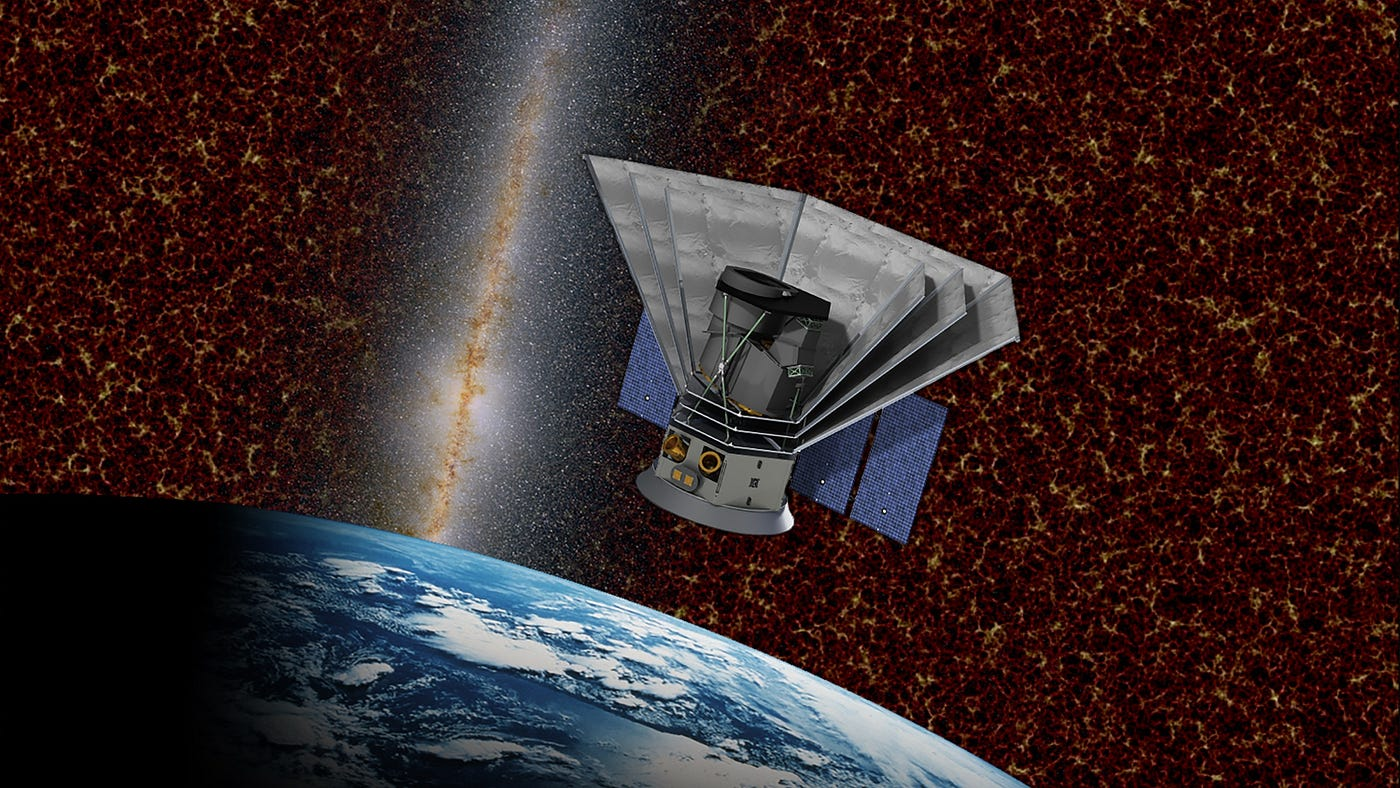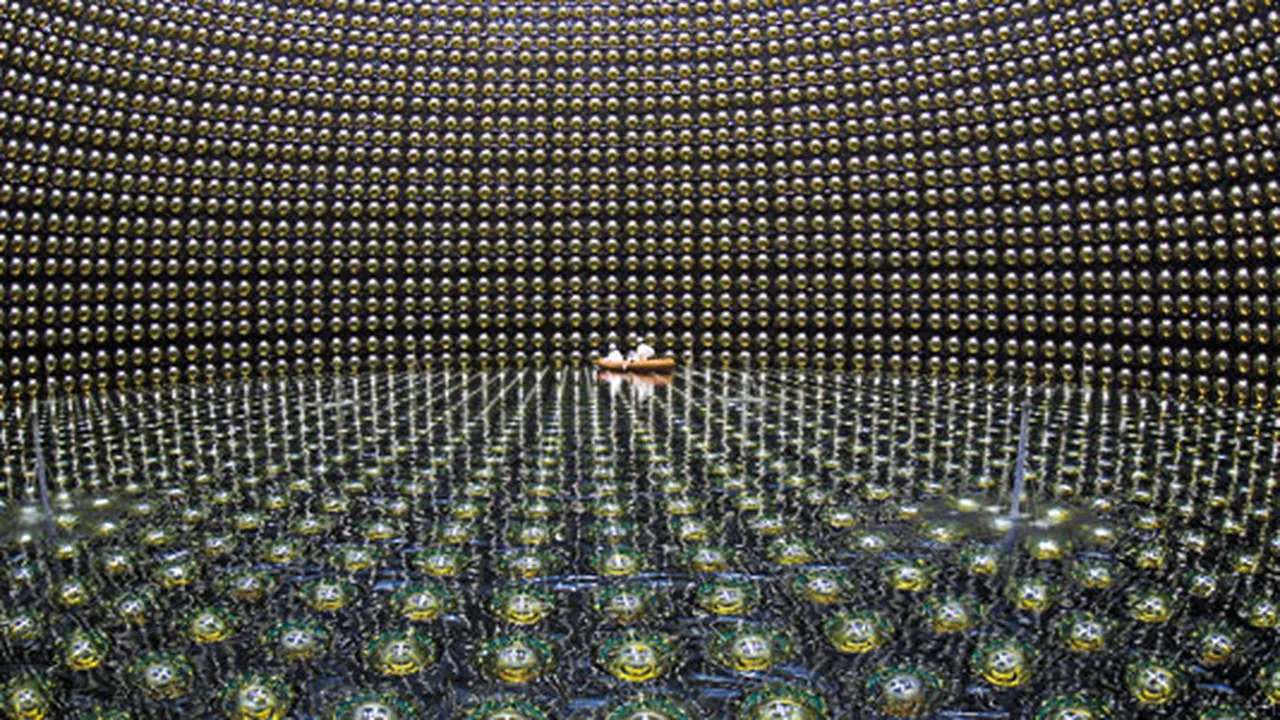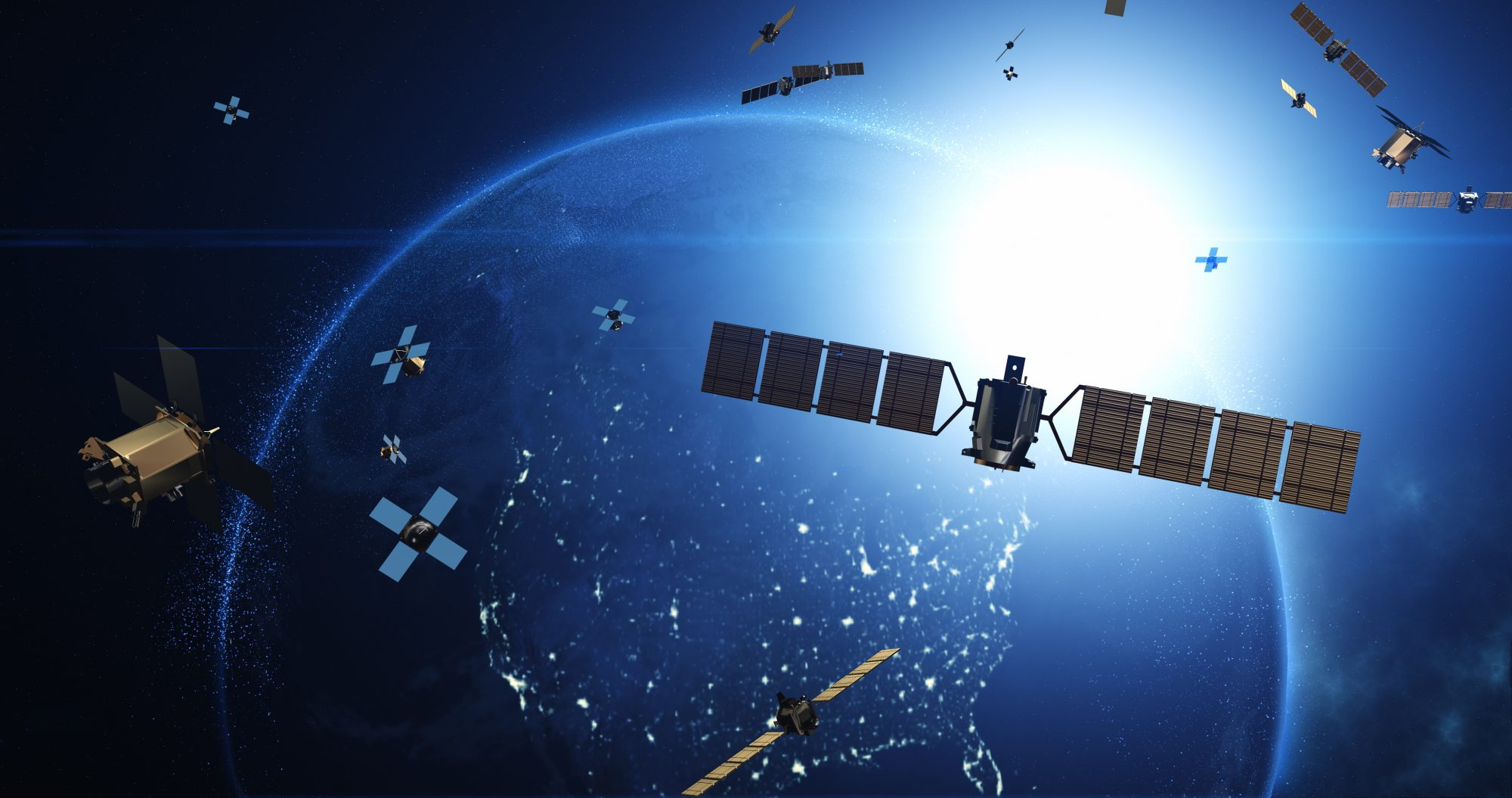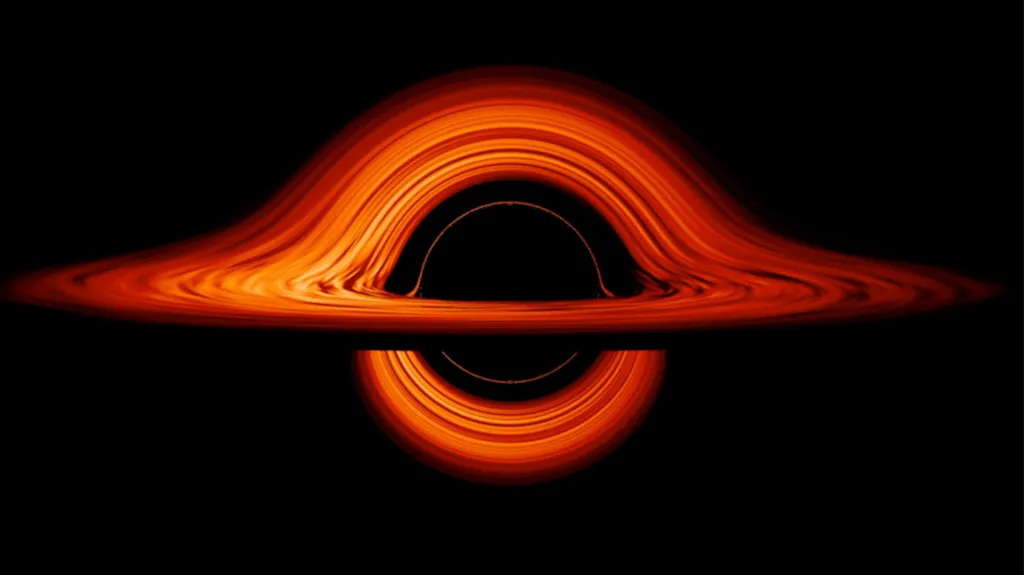zoomacademia.com – The Moon, Earth’s only natural satellite, has fascinated humanity for millennia. Visible in the night sky, its ever-changing phases and influence on the Earth have made it a subject of scientific study, myth, and wonder. This article delves into the Moon’s composition, its role in the solar system, and its impact on Earth.
Physical Characteristics
The Moon is approximately 1/6th the size of Earth, with a diameter of about 3,474 kilometers. It orbits Earth at an average distance of 384,400 kilometers and has a gravity force that is just 16.5% of Earth’s. This means that a person who weighs 100 kilograms on Earth would weigh just 16.5 kilograms on the Moon.
The Moon’s surface is marked by a variety of features, including:
- Maria: Large, dark plains that are the remnants of ancient volcanic eruptions.
- Craters: Resulting from impacts with asteroids and comets.
- Rilles: Channel-like structures formed by volcanic activity.
- Regolith: A layer of loose, fragmented material that covers the Moon’s surface.
One of the most striking features of the Moon is the absence of an atmosphere. This means that there is no weather or erosion, and the lunar surface remains unchanged for billions of years, save for impacts from space debris.
Phases of the Moon
The Moon’s phases are the result of its orbit around Earth, which takes about 29.5 days. As the Moon orbits, different portions of it are illuminated by the Sun, creating the phases we observe. The main phases include:
- New Moon: The Moon is between Earth and the Sun, making it invisible from Earth.
- Waxing Crescent: A sliver of the Moon becomes visible as it begins to move away from the Sun.
- First Quarter: Half of the Moon is illuminated.
- Waxing Gibbous: More than half of the Moon is visible as it approaches full.
- Full Moon: The entire face of the Moon is illuminated.
- Waning Gibbous: The light begins to decrease after the full Moon.
- Last Quarter: Again, half of the Moon is visible, but on the opposite side from the first quarter.
- Waning Crescent: The last sliver of the Moon becomes visible before it returns to the new Moon phase.
The Moon’s Role in Earth’s Life
The Moon’s influence on Earth is profound. Its gravitational pull is responsible for creating tides in the Earth’s oceans. The tidal effect is essential for the health of marine ecosystems and has also contributed to stabilizing Earth’s axial tilt. This stabilizing effect ensures that the planet’s climate remains relatively stable over long periods, which is essential for life.
Additionally, the Moon plays a key role in the Earth-Moon system’s orbital dynamics. Without the Moon, Earth’s axial tilt could vary wildly, leading to severe climate fluctuations over geological timescales.
The Moon and Human Exploration
Human interest in the Moon has led to some of the most significant achievements in space exploration. The Apollo program, which began in the 1960s, culminated in the historic Apollo 11 mission in 1969, when astronauts Neil Armstrong and Buzz Aldrin became the first humans to set foot on the lunar surface. Their famous words, “That’s one small step for [a] man, one giant leap for mankind,” marked a turning point in human exploration.
Since then, there have been numerous missions to study the Moon, both manned and unmanned, by various space agencies, including NASA, the Soviet Union, China, and India. These missions have revealed vital information about the Moon’s composition, history, and potential for future human habitation.
The Moon’s Future
Looking ahead, the Moon remains a key focus of space exploration. Plans for lunar bases and the potential use of the Moon as a stepping stone for missions to Mars are underway. NASA’s Artemis program aims to return humans to the Moon by the mid-2020s, with the goal of establishing a sustainable presence. China has also expressed its ambition to send humans to the Moon, and private companies like SpaceX are exploring the potential for lunar tourism and resource extraction.
The Moon’s resources, including water ice discovered at its poles, could play a crucial role in supporting future space missions, providing water, oxygen, and fuel for longer-duration stays in space.
Conclusion
The Moon, Earth’s nearest celestial neighbor, has shaped our planet’s tides, influenced our cultures, and sparked our curiosity. As humanity’s exploration of space advances, the Moon will continue to be a critical component in our understanding of the universe and our ability to explore beyond Earth. Whether as a source of inspiration, scientific discovery, or potential colonization, the Moon will undoubtedly remain a symbol of human ambition for generations to come.







